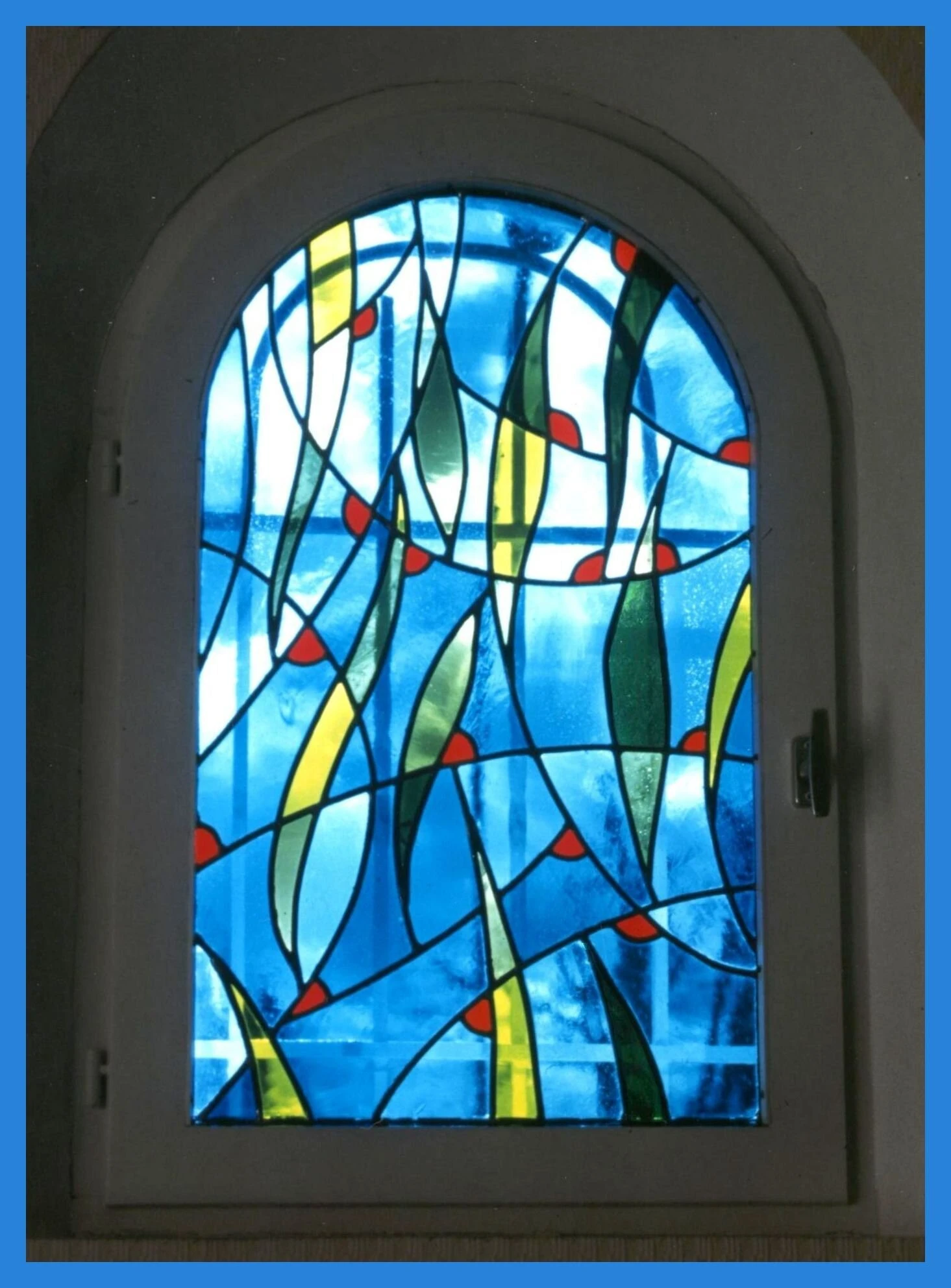

High Performance Low E Glass The Future of Energy Efficiency
In recent years, the architectural and construction industries have witnessed a significant shift towards sustainable building materials. One such innovation that has gained prominence is High Performance Low E (low emissivity) glass. This advanced glazing technology plays a crucial role in enhancing energy efficiency, improving indoor comfort, and reducing overall environmental impact.
Low E glass is coated with a thin layer of metallic oxides that reflects infrared light while allowing visible light to pass through. This unique property enables it to minimize heat transfer, keeping interiors cooler in the summer and warmer in the winter. As a result, buildings equipped with high-performance low E glass require less energy for heating and cooling, drastically reducing utility bills and carbon footprints.
High Performance Low E Glass The Future of Energy Efficiency
Moreover, the thermal insulation properties of low E glass are unparalleled. With a lower U-value, which measures the rate of heat transfer, this glazing solution effectively minimizes heat loss during colder months. Consequently, buildings can maintain a stable indoor climate without overworking heating systems, providing a more comfortable living and working environment.

In addition to its energy-saving capabilities, high performance low E glass promotes environmental sustainability. By reducing energy consumption, it helps decrease greenhouse gas emissions associated with fossil fuel-powered electricity generation. Furthermore, many low E glass products are manufactured using eco-friendly processes, contributing to the overall reduction of a building's ecological footprint.
Architects and builders are increasingly recognizing the advantages of incorporating high-performance low E glass into their designs. Its versatility allows for various applications, from residential homes to commercial skyscrapers, making it a popular choice for modern construction. The aesthetic appeal of this glass, coupled with its energy-efficient properties, makes it a win-win solution for both builders and homeowners.
As building codes and energy efficiency standards become more stringent, the demand for high-performance low E glass is expected to grow. Manufacturers are continually innovating, improving the durability and performance of these products, ensuring that they meet the needs of various building applications while adhering to environmental standards.
In conclusion, high performance low E glass represents the forefront of energy-efficient building solutions. By leveraging its advanced technology, stakeholders in the construction industry can significantly enhance the sustainability and comfort of their buildings, paving the way for a greener future. As awareness of environmental issues continues to rise, the adoption of low E glass is likely to become a standard practice in the pursuit of energy-efficient architectural design.